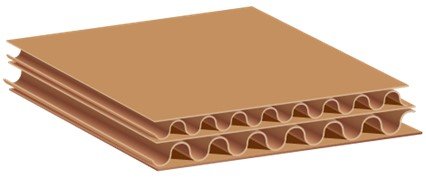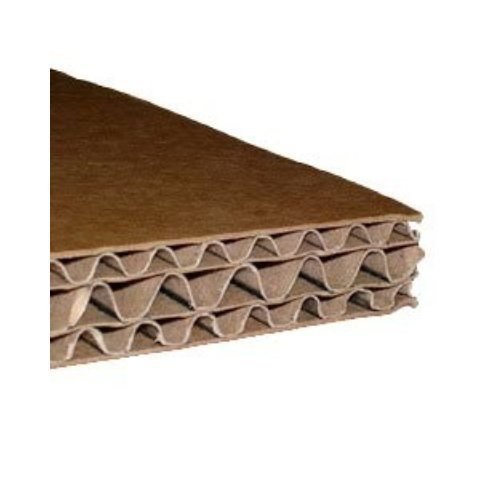Normal Corrugated Boxes offer several benefits, especially when sending packages or goods:
Strength and Durability: Corrugated boxes offer robust structural integrity, ensuring dependable protection for goods throughout the supply chain, from manufacturing to end-user delivery.
Weight Efficiency: With a lightweight composition, corrugated boxes contribute to cost savings on shipping expenses and facilitate easier handling, enhancing operational efficiency.
Versatility in Size and Configuration: Available in a diverse array of sizes and shapes, these boxes cater to a broad spectrum of packaging needs, accommodating everything from small items to large, irregularly shaped products.
Economic Viability: Corrugated boxes present a cost-effective packaging solution compared to alternatives, offering businesses financial advantages while maintaining product integrity and security.
Sustainability: Recognized for their recyclability and use of renewable materials, corrugated boxes align with environmental sustainability goals, supporting eco-friendly practices within supply chains.
Customization Capabilities: Easily customizable with printing for branding, instructions, or handling information, corrugated boxes serve as effective vehicles for brand communication and consumer engagement.
Impact and Shock Resistance: The corrugated structure provides inherent cushioning properties, safeguarding contents against impact and reducing the risk of product damage during transit.
Efficient Storage and Handling: Designed to stack securely without compromising structural integrity, corrugated boxes optimize warehouse space utilization and facilitate streamlined logistics operations.
Ease of Assembly and Closure: Designed for user convenience, corrugated boxes are straightforward to assemble, pack, and seal, enhancing productivity and reducing labor costs.
Moisture Management: Certain variants offer moisture-resistant properties, shielding contents from environmental elements and maintaining product quality throughout the distribution cycle.
How to Measure a Box
Measuring a box is essential for various purposes like shipping or storage. Follow these steps to measure a box accurately:
Gather your tools: You’ll need a measuring tape or ruler that shows inches and centimeters.
Measure the length: Place the measuring tape along the longest side of the box. Note where this side ends.
Measure the width: Next, measure the shorter side of the box, perpendicular to the length measurement.
Measure the height: Stand the box upright and measure its vertical dimension from bottom to top.
Record measurements: Note down the length, width, and height measurements. Make sure to use the same units (inches or centimeters).
Calculate the volume (if needed): To find the box’s volume, use the formula: Volume = Length × Width × Height. Ensure all measurements are in the same units before calculating.
Additional measurements (optional): Consider measuring diagonal lengths or cardboard thickness if needed.
Verify accuracy: Double-check your measurements to ensure accuracy, especially for shipping or fitting purposes.



